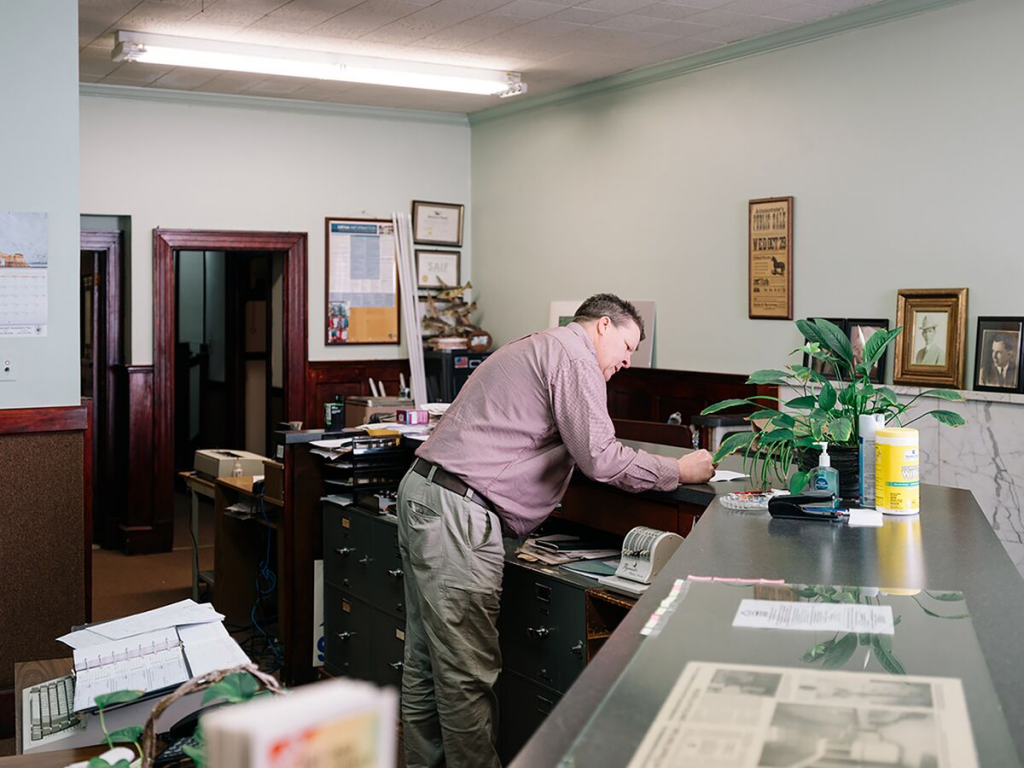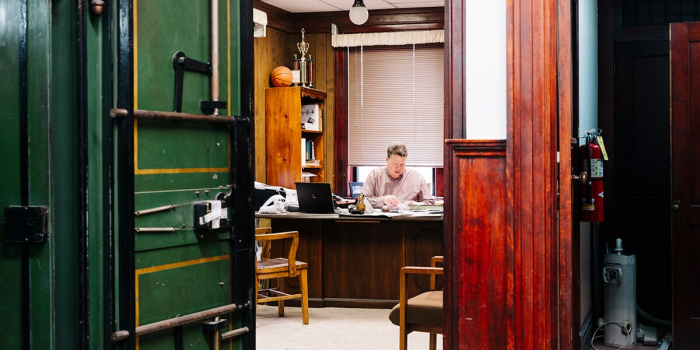Kentland Federal Savings and Loan stands as a unique and enduring presence in the American banking landscape. With a modest $3 million in assets, two employees, and a history spanning over a century, it holds the distinction of being the smallest bank in the United States.
Founded in 1920 by the great-grandfather of the current CEO, Kentland Federal Savings and Loan has remained remarkably resilient. Located in Kentland, Indiana, the bank has always operated from a single branch and offered a limited range of services, including home mortgages, savings accounts, and certificates of deposit.

During the stock exchange crisis of the late 1920s, while larger financial institutions faced closures, Kentland Federal Savings and Loan remained open. This unwavering stability earned the trust of its customers, who found solace in the assurance that their money was secure.
However, as the banking landscape has evolved over the past century, Kentland Federal Savings and Loan has become a relic of the past. CEO James A. Sammons, along with the bank’s part-time teller, harbors a resistance to modern technology, preferring traditional methods like a mechanical coding machine for writing checks.
Sammons anticipates that his departure or external pressures, such as regulatory demands, may lead to the bank’s acquisition.
One of the factors contributing to the inevitable demise of Kentland Federal Savings and Loan is its narrow profit margins. While it manages to outperform local competitors with slightly better rates on savings accounts and mortgages, the absence of ATM fees, wire fees, and transaction fees leaves the bank with limited revenue sources.
The story of Kentland Federal Savings and Loan showcases the changing face of American banking. As technology reshapes the industry and customer expectations continue to evolve, smaller banks face significant challenges in remaining viable.
While Kentland Federal Savings and Loan’s legacy endures, its future appears uncertain. The unique charm of this tiny institution may soon be absorbed by larger counterparts, marking the end of an era.


